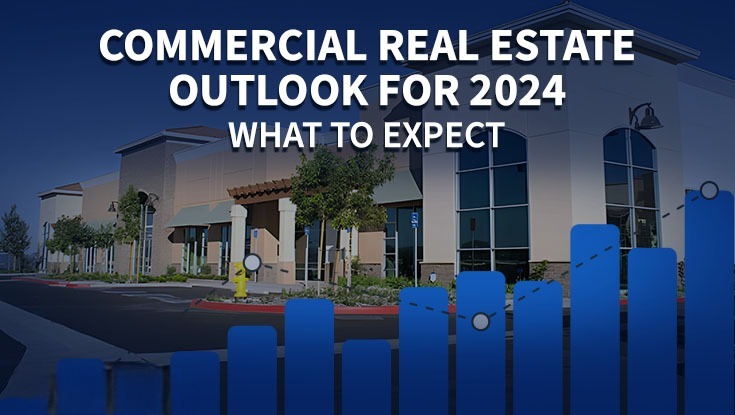Taxes from multi-dwelling units offer investors significant benefits that can reduce legal liability. This article outlines the top seven multifamily real estate tax advantages. These include accelerated depreciation, cost segregation, and 1031 exchanges.
Each section explains the concept and its impact on legal liability. Also, it describes how investors can leverage these advantages for better financial outcomes.
Multifamily Real Estate Tax Advantages #1: Accelerated Depreciation
Accelerated depreciation is like a financial shortcut for realty investors. You can get them faster instead of waiting decades for legal deductions on your property. Here’s how it rolls out:
- The IRS has a system called MACRS that lets you write off more of your investment in the first few years after you buy a lot.
- If you upgrade the land or the inside of the building, you can get tax benefits for these costs. You can do this before getting tax benefits for the cost of the whole building.
How It Impacts Tax Liability
Accelerated depreciation translates into less taxable income. Mainly, because you deduct more upfront, you lower the amount of your income that can be taxed.
However, there’s a catch. The IRS watches this, so working with a legal property expert is crucial to do it right. Consider depreciation recapture to gain the most multifamily real estate tax advantages. This means that if you sell your dwelling, you might have to pay back some of those legal benefits.
Key Advantage #2: Cost Segregation
Think of cost segregation as splitting your property into pieces, each with its financial timeline. Instead of waiting 27.5 years to get full benefits for your entire multifamily property, you can break it down.
Also, items like appliances or the lobby’s fancy carpet get their costs deducted much faster—over 5, 7, or 15 years. This means you pay less now on your income because you take more significant deductions upfront.
Maximizing Multifamily Real Estate Tax Advantages
Cost segregation benefits land investors by turning the system into an advantage. This is especially true for those interested in multifamily properties. Here’s the breakdown:
- Increased Cash Flow: More deductions early on mean less payment. This equals more money in your pocket each year.
- Improved Return on Investment: You earn more from your property by saving on taxes. This makes the deal sweeter and your investment more profitable.
- Enhanced Property Valuation: With cost segregation, you get a clearer picture of your property’s worth. This can help if you’re looking to refinance or sell.
- Compliance with Tax Regulations: This isn’t a sneaky trick; it’s a legal strategy approved by the IRS. But it’s complex, so working with a tax pro who knows the ropes is critical.
- Long-Term Tax Savings: The multifamily real estate tax advantages offer significant initial savings. Moreover, cost segregation helps manage future tax bills. It’s a gift that keeps on giving.
Key Advantage #3: 1031 Exchange
A 1031 exchange, often called a like-kind exchange, is a neat trick for investors looking to grow without the immediate hit on taxes. When you sell one investment property and buy another, this rule lets you delay paying capital gains taxes.
The catch? Both properties must be similar, with strict rules and deadlines to follow. It’s not a solo journey—having a qualified intermediary must ensure everything’s on board with the IRS.
Key Advantage #4: Passive Income Taxation
Investing in multi-dwelling properties generates passive income. This means money flows in regularly with minimal effort. Plus, it has the potential to reduce your overall tax burden due to the following:
- Income Diversification: To get the most from multifamily real estate tax advantages, spread earnings across different streams.
- Tax Efficiency: Property investments provide unique deductions, improving your tax situation.
- Long-Term Wealth Building: These tax strategies strengthen your portfolio and build lasting wealth for a more comfortable future.
Key Advantage #5: Opportunity Zones
Investing in Opportunity Zones through Qualified Opportunity Funds (QOFs) means investing in properties. This way, you’re also helping communities grow. It’s a way to contribute positively while investing.
For investors in multifamily dwellings, this presents a unique opportunity. They can contribute to meaningful development in communities. Moreover, they enjoy significant deductions on legal liabilities.
Key Advantage #6: Mortgage Interest Deduction
People investing in multifamily dwellings enjoy deducting mortgage interest. Mainly, this advantage speeds up the process of enjoying deductions. These apply to loans for buying, building or improving investment properties.
Notably, the IRS allows you to deduct interest on mortgages up to $750,000. This applies to your main home, a second one, or a property you rent out for properties bought after December 15, 2017. Using this deduction helps investors reduce their legal liability. Also, it provides multifamily real estate tax advantages.
Key Advantage #7: Property Tax Deductions
Property deductions help cut down on taxable income by letting you subtract the taxes you pay on your investment properties. Notably, property taxes can be a significant expense. This deduction is crucial for smart property investment planning.
Frequently Asked Questions
How do you determine what to take off for depreciation on a place you rent out?
To calculate depreciation for a rental property, take the purchase price. Add any improvements and subtract the land value. Then, divide the total by 27.5 years (the standard residential property recovery period).
What’s the downside of depreciation?
The main disadvantage of depreciation is the potential for a depreciation recapture tax when you sell the property. This tax is applied to the depreciation benefits you claimed, reducing the profit from the sale.
Can you claim depreciation in the year you sell the property?
You can claim depreciation for the part of the year you owned the property before selling it. This is among the many multifamily real estate tax advantages. Depreciation is prorated for when the property was used for business or rental purposes in the year of sale.
Conclusion
Multifamily real estate tax advantages are essential for investors to lower taxes and boost financial outcomes. In this article, we detail seven top strategies. Using these tips can enhance investment choices and strengthen your property portfolio. Feel free to contact StoutCap for support with your investment goals.
Disclaimer: Investing in real estate involves risks, including the potential loss of capital. You must consult a financial advisor or legal professional before making investment decisions. StoutCap values transparency and compliance and strictly follows regulatory guidelines. This ensures the integrity and security of your investments.





